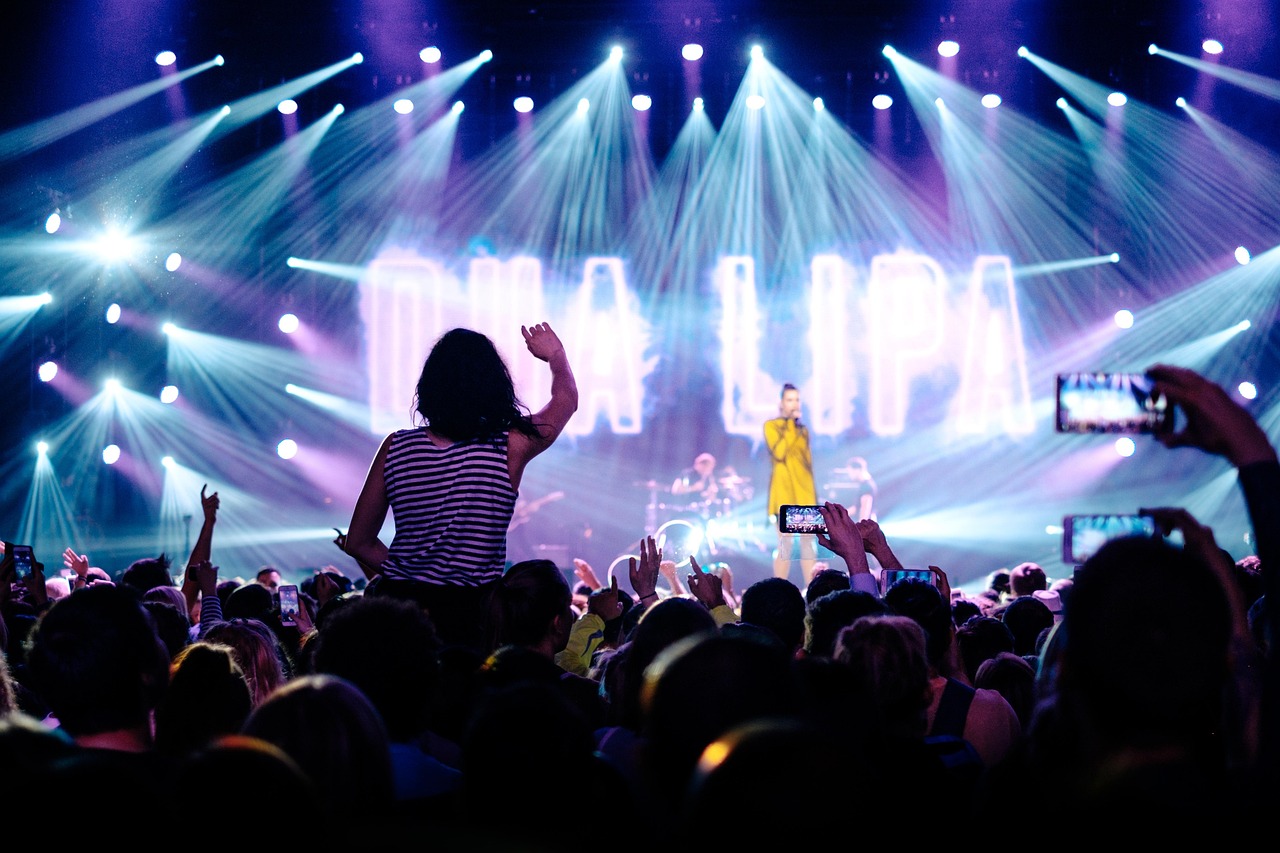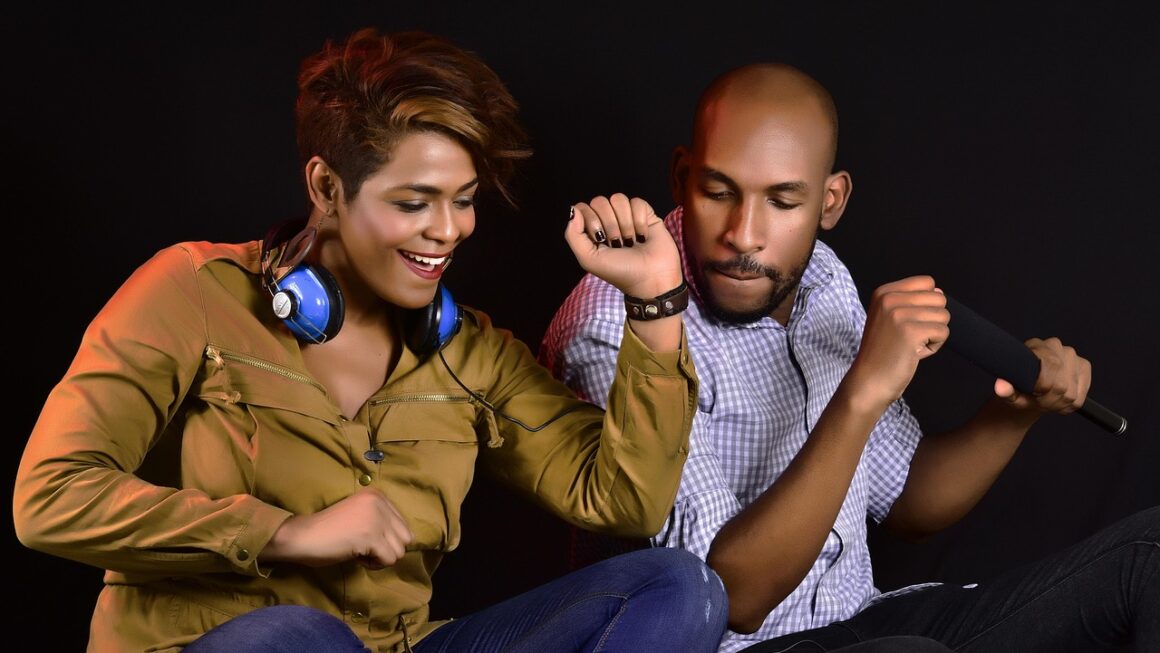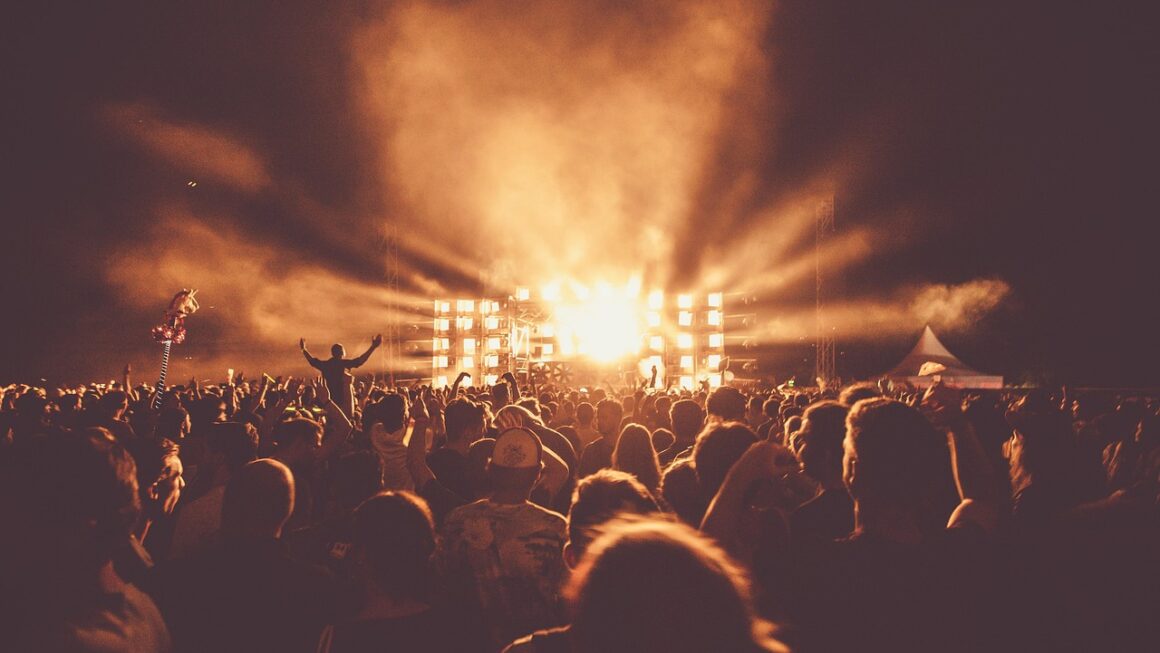The shimmer of flashbulbs, the roar of the crowd, and the dazzling display of designer gowns – the red carpet is more than just a walkway; it’s a cultural phenomenon, a carefully orchestrated performance, and a powerful marketing tool. From movie premieres to awards ceremonies, the red carpet provides a glimpse into the world of celebrity, fashion, and entertainment, influencing trends and captivating audiences worldwide. Understanding the intricate workings of these events, their impact, and the strategies behind them can provide valuable insights into the power of image, media, and public perception.
Decoding the Red Carpet Experience
What is a Red Carpet Event?
A red carpet event is a staged media spectacle, usually accompanying a premiere, awards show, or other significant gathering. It’s where celebrities, influencers, and other prominent figures showcase their style, promote their work, and interact with the press. The “red carpet” itself is literally a red-colored carpet laid out for attendees to walk upon, providing a designated space for photo opportunities and interviews.
- Purpose:
Generate media buzz and publicity for the event and its participants.
Provide a platform for celebrities to promote their films, music, or other projects.
Offer a marketing opportunity for fashion designers, jewelers, and beauty brands.
Create a spectacle for fans and the general public.
The Evolution of Red Carpets
The red carpet’s origins can be traced back to ancient times, symbolizing importance and exclusivity. However, its modern iteration took shape in the early 20th century, evolving from a simple walkway to the elaborate, highly-publicized events we know today. The rise of Hollywood and the development of mass media played a pivotal role in shaping the red carpet into a global spectacle.
- Key Milestones:
Early uses of carpets as a symbol of royalty and status.
The rise of Hollywood and its influence on fashion and celebrity culture.
The advent of television and its ability to broadcast red carpet events to a mass audience.
The emergence of social media and its role in amplifying the red carpet experience.
The Players Behind the Scene
Celebrities and Their Teams
Celebrities are the central figures of any red carpet event. Their presence draws media attention, and their fashion choices can significantly impact trends. A celebrity’s team, including publicists, stylists, and agents, works tirelessly to ensure they make a positive impression.
- The Role of Publicists: They secure invitations to high-profile events, manage media interactions, and craft the celebrity’s public image.
- The Stylist’s Vision: They curate the celebrity’s entire look, from clothing and accessories to hair and makeup, ensuring it aligns with their brand and the event’s theme. Often, designers will loan outfits for the occasion, generating significant publicity for their brands.
Example: A stylist might choose a bold, avant-garde dress for a celebrity known for taking fashion risks or a classic, elegant gown for a more traditional star.
Media and Press
The media plays a crucial role in amplifying the red carpet experience. Journalists, photographers, and videographers capture the event’s highlights, disseminating them to audiences worldwide through various channels.
- Types of Media Coverage:
Live broadcasts of red carpet arrivals.
Print and online articles featuring photos and interviews.
Social media updates and commentary.
Fashion critiques and trend analysis.
- The Importance of Soundbites: Celebrities often prepare talking points to promote their projects or advocate for causes during red carpet interviews.
Brands and Sponsors
Red carpet events are prime opportunities for brands to reach a large and engaged audience. Sponsorships, product placements, and celebrity endorsements are common tactics used to leverage the event’s visibility.
- Brand Strategies:
Sponsoring the event itself, gaining prominent logo placement and exposure.
Dressing celebrities in their designs, generating significant press coverage.
Gifting celebrities with products in “swag bags,” hoping for organic endorsements.
Creating interactive experiences for attendees, such as photo booths or pop-up shops.
Example: A luxury jewelry brand might lend a million-dollar necklace to a celebrity, ensuring their brand is prominently featured in photos and articles.
The Art of Red Carpet Fashion
Trends and Influences
Red carpet fashion is a reflection of current trends, but it also has the power to create them. Designers showcase their latest collections, and celebrities experiment with bold new looks, influencing fashion choices for the masses.
- Key Influencers:
Fashion designers: They set the overall tone and direction of red carpet style.
Celebrity stylists: They translate designer visions into wearable looks.
Fashion critics: They analyze and interpret red carpet fashion, shaping public opinion.
Social media: Platforms like Instagram and TikTok amplify trends and allow viewers to engage directly with red carpet moments.
The “Best Dressed” Lists
The “best dressed” lists are a staple of red carpet coverage, highlighting the most stylish and memorable looks of the evening. These lists can significantly impact a celebrity’s image and a designer’s brand.
- Criteria for Selection:
Originality and creativity.
Fit and flattering silhouette.
Attention to detail (e.g., accessories, hair, makeup).
Overall impact and memorability.
Example: Zendaya consistently tops “best dressed” lists due to her bold, fashion-forward choices and collaboration with stylist Law Roach.
Common Fashion Faux Pas
While red carpet fashion is often glamorous and inspiring, it’s also prone to missteps. Avoiding these common pitfalls is crucial for making a positive impression.
- Common Mistakes:
Poor fit or inappropriate sizing.
Clashing colors or patterns.
Over-accessorizing.
Inappropriate attire for the event.
Copying another celebrity’s look.
Tip: It’s always safer to be appropriately dressed for the occasion than overdressed.
The Impact and Significance of Red Carpet Events
Cultural Influence
Red carpet events have a significant cultural impact, shaping trends in fashion, beauty, and lifestyle. They offer a glimpse into the world of celebrity, influencing public perception and aspirations.
- Examples:
A celebrity wearing a specific hairstyle on the red carpet can spark a trend, leading to increased demand for that style in salons.
A designer’s dress featured on the red carpet can become a highly sought-after item, boosting sales and brand recognition.
Economic Impact
Red carpet events generate significant economic activity, benefiting various industries, including fashion, beauty, entertainment, and tourism.
- Examples:
Increased sales of clothing, accessories, and beauty products inspired by red carpet looks.
Boost in tourism revenue for cities hosting major red carpet events.
Job creation in the fashion, beauty, and entertainment industries.
Marketing and Branding Opportunities
Red carpet events provide unparalleled marketing and branding opportunities for companies seeking to reach a large and engaged audience.
- Strategies:
Sponsoring the event itself, gaining prominent logo placement and exposure.
Dressing celebrities in their designs, generating significant press coverage.
Gifting celebrities with products in “swag bags,” hoping for organic endorsements.
Creating interactive experiences for attendees, such as photo booths or pop-up shops.
Conclusion
Red carpet events are far more than just glamorous gatherings; they are carefully orchestrated spectacles that play a significant role in shaping culture, driving economic activity, and providing powerful marketing opportunities. Understanding the intricacies of these events, from the players involved to the fashion trends they inspire, offers valuable insights into the power of image, media, and public perception in the modern world. Whether you’re a fashion enthusiast, a marketing professional, or simply a curious observer, the red carpet continues to captivate and influence, solidifying its place as a prominent fixture in our global landscape.




